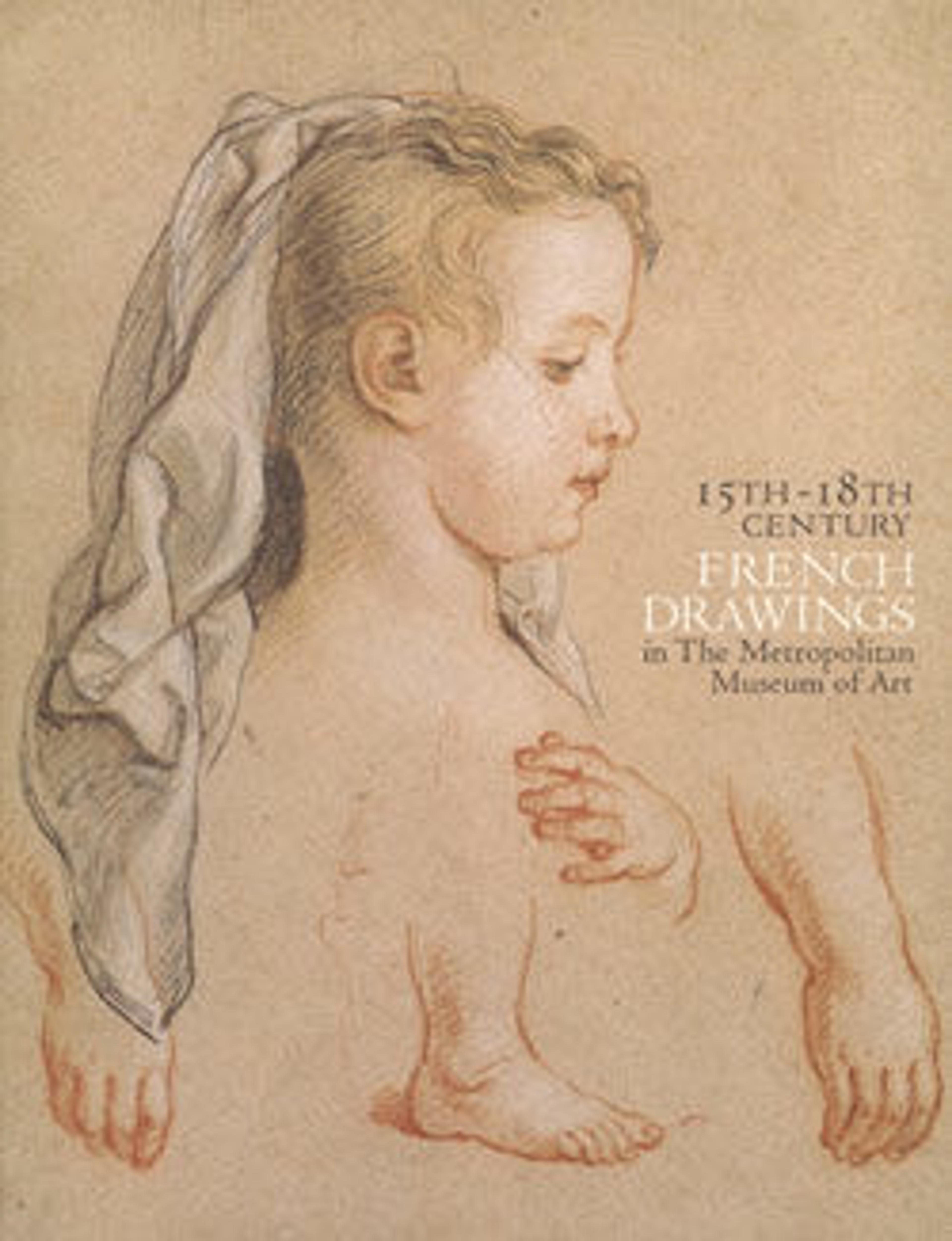The Mass of St. Gregory
According to his long-time friend and biographer, Michel-François Dandré-Bardon (1700 - 1783), Carle Vanloo received the prestigious commission for the vault of the church of Saint-Louis des Invalides in 1762. The chapel was initially decorated by Michel Corneille (1642 - 1708) with paintings of the same subject; however, by the mid- eighteenth century the panels were heavily damaged by humidity and needed to be replaced. Vanloo was the logical choice, having been named Premier peintre du roi this same year and having already proved himself worthy of monumental religious painting in his series of canvases for the choir of Notre-Dame-des-Victoires in Paris (executed 1746 - 1755). Vanloo borrowed nothing from Corneille and even changed the subjects, giving them a more fluid, narrative style. Vanloo was certainly familiar with Corneille's paintings, for they were engraved by Charles Nicolas Cochin the Elder (1686 - 1754) in 1736. Futhermore, Vanloo cut his sheets and pasted them on top of Cochin's engravings so that they would serve as sculptural frames to his own compositions. In all six sheets, passages of Cochin's burin work are still visible- not entirely covered by Vanloo's compositions. The series was further perfected in seven oil sketches, which were displayed in the Salon of 1765. Vanloo's creation never came to fruition, for he died of a heart attack on July 15, 1765. His pupil, Gabriel-François Doyen, ultimately executed the series, leaving virtually no trace of Vanloo's invention. (Esther Bell 4/25/2007)
Artwork Details
- Title:The Mass of St. Gregory
- Artist:Carle (Charles André) Vanloo (French, Nice 1705–1765 Paris)
- Date:18th century
- Medium:Pen and brown ink, brown and gray wash, heightened with white.
- Dimensions:7 3/4 x 5 1/2 in. (19.7 x 13.9 cm)
- Classification:Drawings
- Credit Line:Harry G. Sperling Fund, 1977
- Object Number:1977.416f
- Curatorial Department: Drawings and Prints
More Artwork
Research Resources
The Met provides unparalleled resources for research and welcomes an international community of students and scholars. The Met's Open Access API is where creators and researchers can connect to the The Met collection. Open Access data and public domain images are available for unrestricted commercial and noncommercial use without permission or fee.
To request images under copyright and other restrictions, please use this Image Request form.
Feedback
We continue to research and examine historical and cultural context for objects in The Met collection. If you have comments or questions about this object record, please contact us using the form below. The Museum looks forward to receiving your comments.
